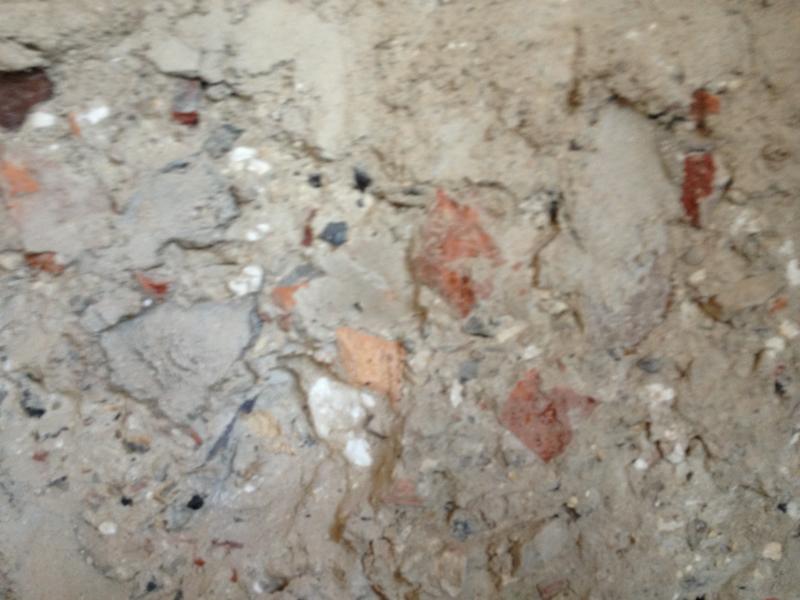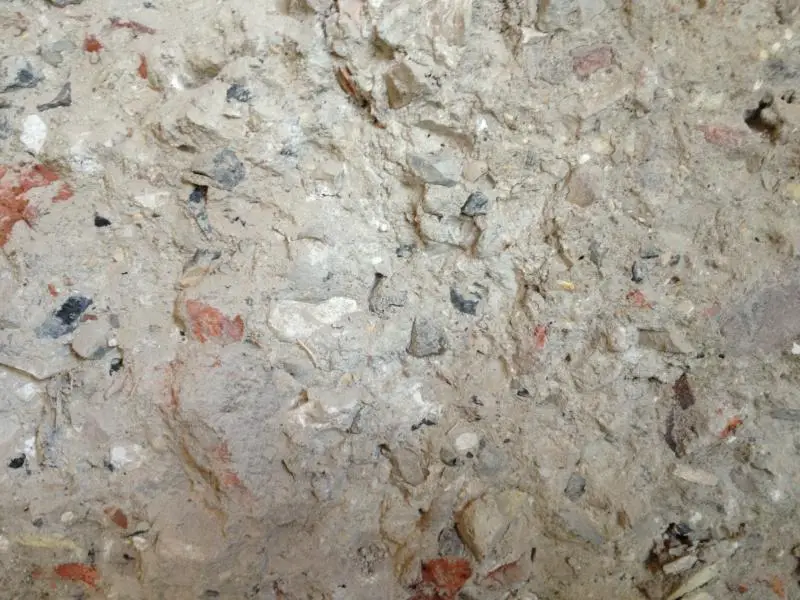I have recently bought a semi detached Victorian Property which is constructed from 9inch Solid Brick. I am suffering damp patches all along the party wall. There is a cellar beneath the property but next door have had there’s filled in some 10 years ago, they have also had their side of the party wall re rendered in what I suspect is either sand & cement or gypsum plaster. Both downpipes, front and back of the properties go into the main drains. The party wall on my side also has what I believe is gypsum plaster although I’m not 100% sure. I have removed 1 meter of this plaster to let the wall dry out whilst I decide the best course of action. I have asked next door what they have along that wall and there is barely anything, and no signs of damp there side although I suspect this is being hidden from the new render. I mentioned that the construction of my property is 9 inch solid brick, this is true with the exception of the party wall (where the damp is). The party wall seems to be constructed of a type of rubble, with bits of stone in it, but the cellar wall beneath is again different, this is more like a solid stone, but as soon as it reaches the ground level it changes to this type of earth, rubble with stones in it. (Ive uploaded a pic of cellar wall, and the damp of the party wall before i removed the plaster. I will upload pic of rubble wall asap)
I have read lots about chemical injections and the use of sand and cement with water proofer and I feel i should avoid this as this method would be just sealing in more moister damaging the fabric of the wall and not allowing it to breathe. I have read that the solution may be a lime based render with use of breathable paints which will allow the wall to breathe. However I am worried that I would use the lime render or an alternative that I’ve read about called limelite renovating plaster, redecorate with breathable paints but then still get the damp which would be a lot of effort and money wasted.
Any expert advice would be much appreciated
I have read lots about chemical injections and the use of sand and cement with water proofer and I feel i should avoid this as this method would be just sealing in more moister damaging the fabric of the wall and not allowing it to breathe. I have read that the solution may be a lime based render with use of breathable paints which will allow the wall to breathe. However I am worried that I would use the lime render or an alternative that I’ve read about called limelite renovating plaster, redecorate with breathable paints but then still get the damp which would be a lot of effort and money wasted.
Any expert advice would be much appreciated



